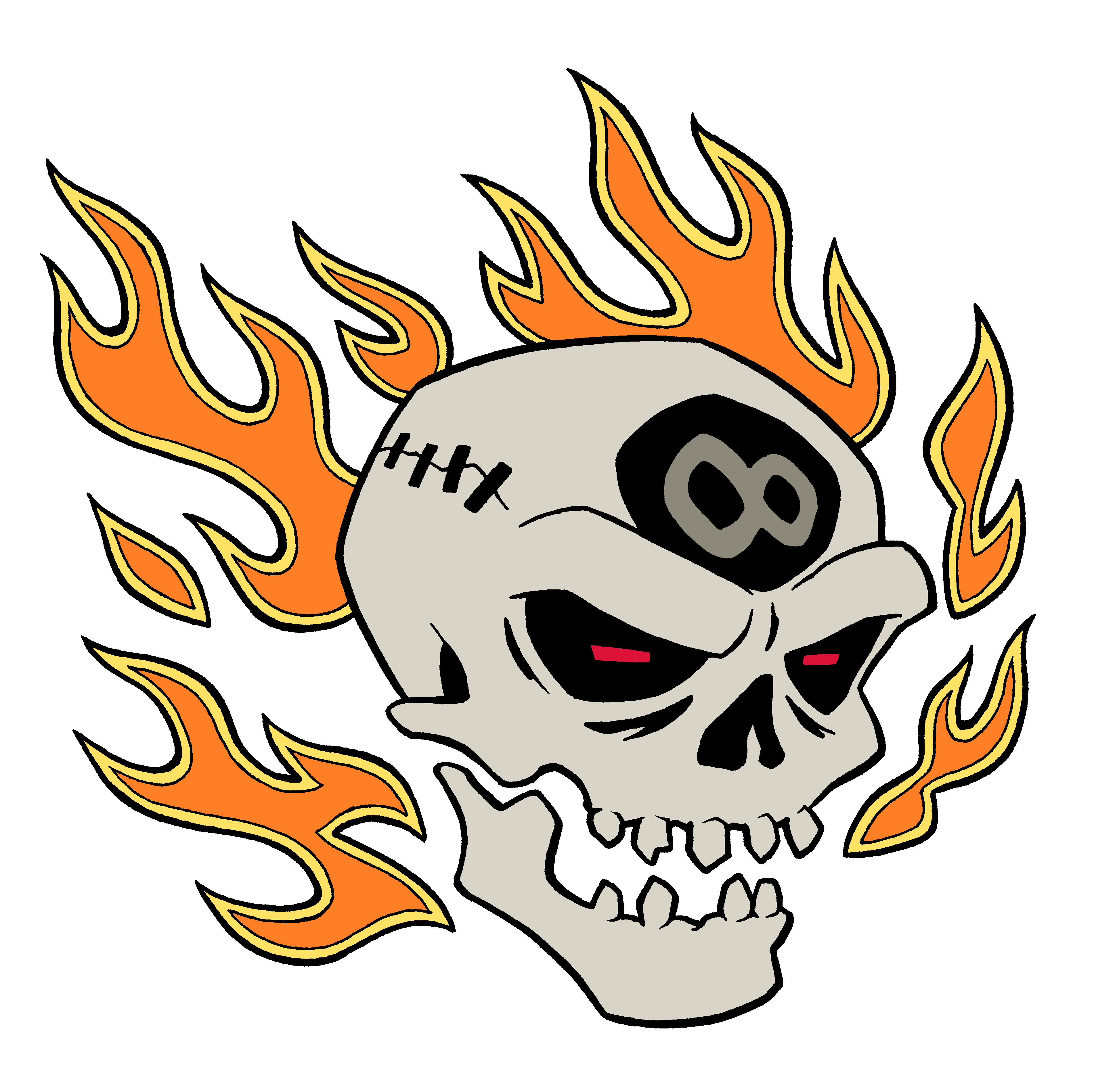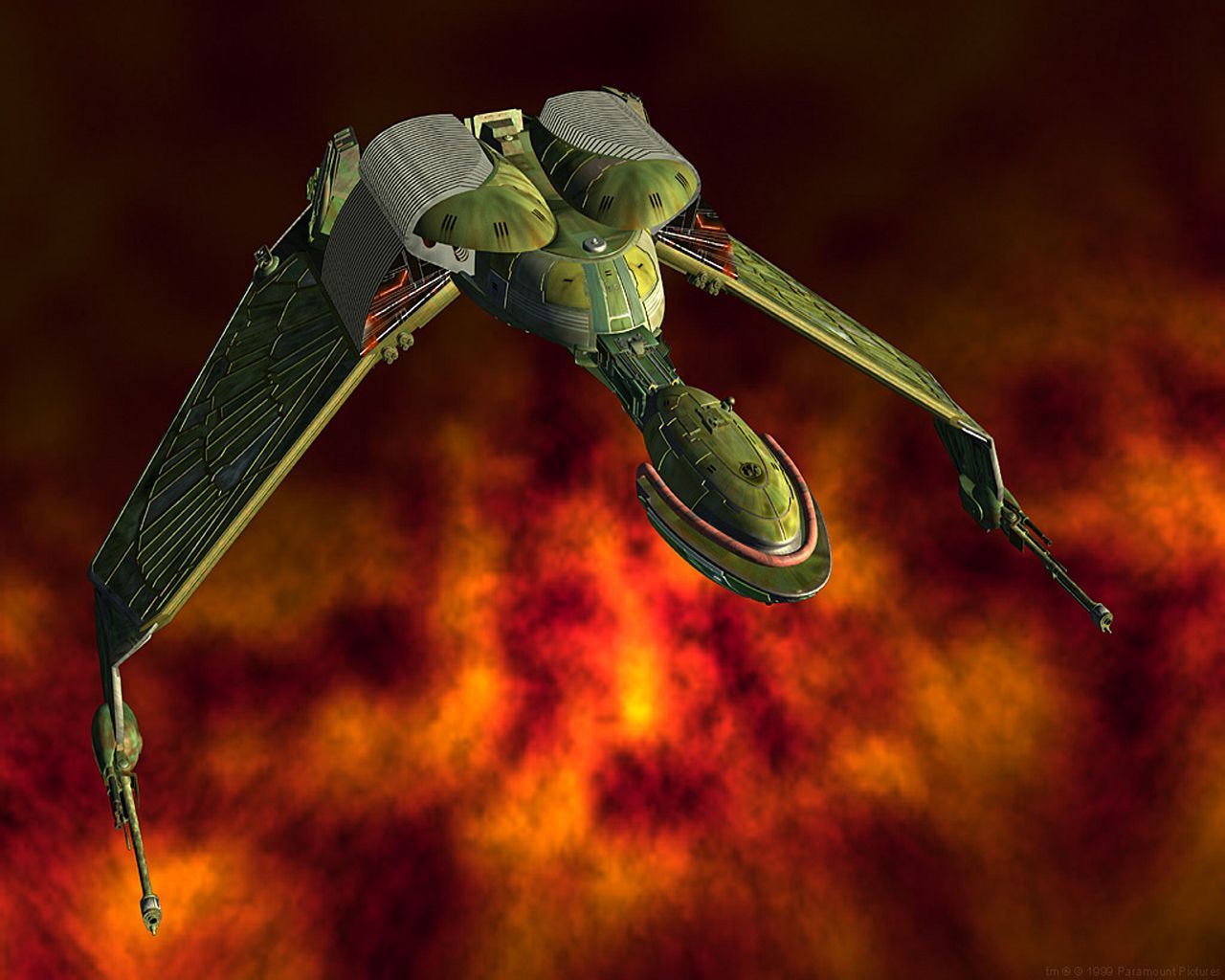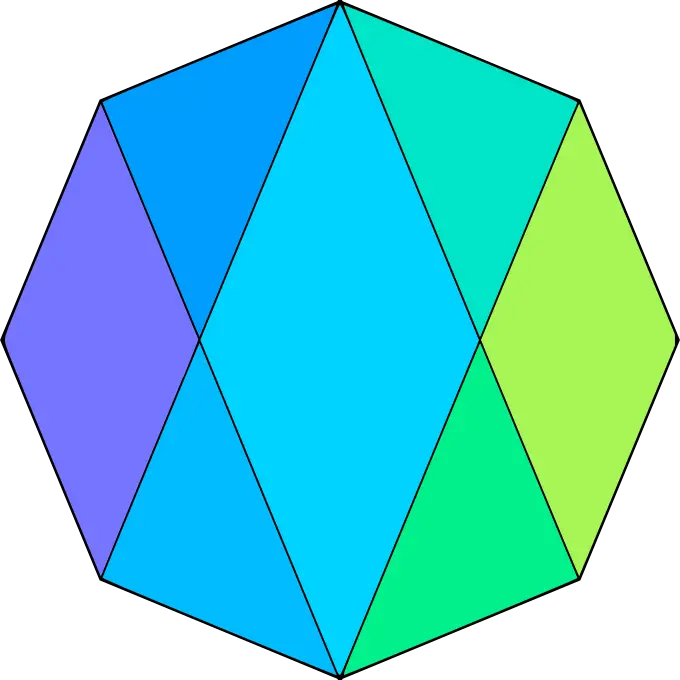Stop; hammer time.
Since this is about punctuation, what’s with the double dashes? Trailing off is usually written with an ellipsis, though an em dash can be used, since this is more of a break in speech. And yes, double dashes are sometimes used as a substitute on a keyboard or with a typeface that doesn’t have an em dash.
But this is hand-lettered text— just draw the em dash!
An em dash is done with a triple hyphen in some programs like Microsoft Word, IIRC, and a double hyphen is an en dash.
But I am lazy and don’t want to smack hyphen three times, so I tend to use double hyphen for em dash, which I use a lot more than en dash, and just use a single hyphen for en dash. People get the meaning.
Most of the time I see em dashes and en dashes though should just be commas anyway.
I was taught it in school, have looked it up on Wikipedia, seen infographics, YouTube videos, etc., and yet I still do not know when to use those things. At this point I just refuse to purely out of fear.
You generally use them at the end of a line but it is more accurate to say you use them at the end of a statement but we usually put each statement on a single line so it is easy to make that mistake example:
Tap for spoiler
<?php $x = 5; // Semicolon ends the statement $y = 10; // Another statement ends here if ($x < $y) { // No semicolon needed here echo "x is less than y"; // Semicolon ends this statement } $x = $x + $y; // Statement ends here echo $x; // Outputs 15 ?>Is this programmer trolling? 🤣🤣🤣
Wikipedia has some examples; they are always super helpful in cases like this.
I’ve always done this one:
-
Between closely related [independent clauses].
-
(https://en.m.wikipedia.org/wiki/Independent_clause “Independent clause”) not conjoined with a coordinating conjunction, when the two clauses are balanced, opposed or contradictory:[23].
- My wife said she would like tea; coffee would have been my choice.
- I went to the basketball court; it was closed for cleaning.
- I told Kate she’s running for the hills; she knew I was joking.
Basically you use them at points where you’d usually put a period, but you don’t want to add as much of a pause.
ETA:
For example
My wife said she would like tea; coffee would have been my choice.
could also be written as
My wife said she would like tea. Coffee would have been my choice.
but it wouldn’t sound as nice.
While that may be true, you also put them in places that should have a comma, but you want more pause; this is why boiling it down to a single aphorism is difficult.
For example, I’ve read most of the comments in this thread, as well as the Oatmeal info-comic that someone linked, and I still don’t know with certainty the semicolon I used above is grammatically appropriate.
-
You can use a semicolon wherever you’d logically break in a sentence, without pausing overtly, but intend to follow the thought; semi-colons slip naturally into your thought process when you practice it by speaking.
I use them after worrying about being pretentious, but then (sometimes) deciding “fuck it. It’s right.” and then doing it anyway.
I have one easy rule, and two examples. Use them when using a comma would be confusing.
Examples: often in lists, where each item might contain a comma and so trying to separate list items with commas would just be confusing; and more broadly anywhere where you have a sentance containing clauses and need a different separator.
I just used the first example above: to separate the two list items, and the other one I’m using here, where I’m already using commas; using a semicolon allows braking this up without starting a new sentance.
That second example was somewhat contrived, but does the job; it could have been two sentences.
Actually, there’s another place I use them, but it’s not a “rule” and if more style: I use them selectively in place of periods to prevent a series of short, choppy sentences.
Same. I was taught in school but never learned how to use them until I read this (The Oatmeal).
You would use a semi-colon in places where a comma and a colon would be equally suitable, pretty much.
Where a period or a comma followed by “And” would go. Semicolon is a full break, distinctly more than a comma
The rules are all made up; punctuation can be used wherever you like.
I call this; the ee cummings
Wouldn’t semicolon be their child?
They are pretending its not
I thought it was an NB joke.
I always read NB as New Balance. And I’m always confused.
I read NB as New Brunswick; but I also read it as Nude Boobs, so take that as you will









